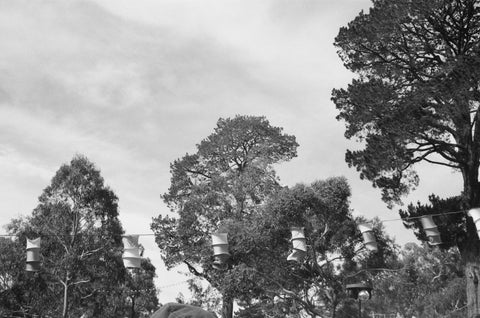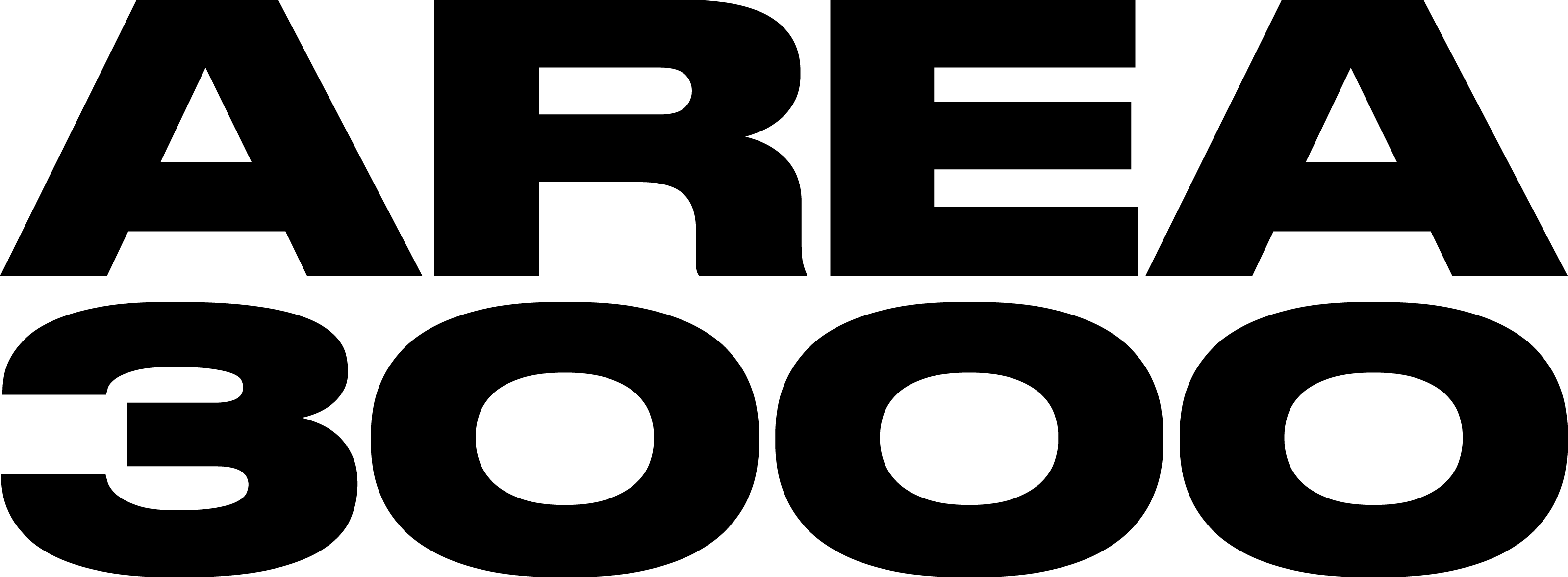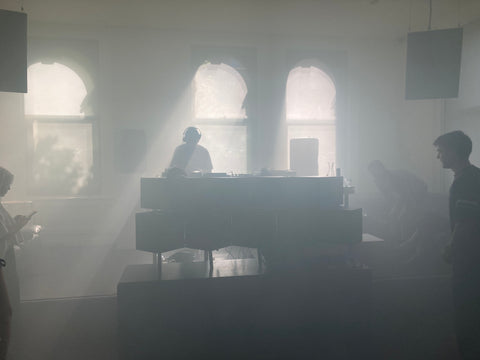
By Elwyn
During a recent discussion at High Note bar on Wurundjeri country, producer & DJ Yu Su, in conversation with Kasun, described how feelings of connectedness at large scale festivals prove increasingly tenuous. It stands in contrasts to the intimate recesses of club dancefloors, the latter Yu Su articulates, being spaces of inimitable intimacy between the dancefloor and its constituents. The focus of this article is disconnectedness in its most literal sense. The actual space between the two dialogues of performance; one occupying an elevated and insulated platform while the other assumes the masses of the distanced festival floor. The negative space between which reciprocating sounds and gestures interact poses significant strains upon the efficacy of DJ performances and how the festival apparatus can corrode the feedback loop between the two.
On the premise that many people hear with their eyes first, the larger the festival often correlates with a greater distance between dancefloor and stage. When the most intrinsic parts of sound and dance performances are distorted its liveness risks dilution, resulting in a detached and well marketed, top down spectacle. This dynamic poses a question as to whether large festival settings create active listening experiences or passive ones. Pauline Oliveros, author of the pocket rocket Deep Listening describes listening as “an act that affects what is being sounded”. Within larger festival environments, the physical dissonance between DJ & dancefloor may disrupt the listening dialogue, dislocating the experience of togetherness and expression that often push the limits of improvised performance. Understanding and reading the expression of face, limbs and lungs is what incentivises a DJ to mosaic their musicks, transmuting sound and gesture into an energy that is consumed then recontextualised by the dancefloor. Expanding spatial distances paradoxically, contracts the listening experience and its real time feedback. This scarcity makes it difficult to go beneath what is being heard and into what is being felt.
The modern festival arena is also a place for multidisciplinary collaboration. With the increased incorporation of cutting edge lighting instillations and pyrotechnics spectacles, the very essence of a stage is transformed into an independent virtuosity. The relocation of our senses towards these aspects of stage design is not positive or negative but it may reduce the emphasis on collective listening experiences. It is as Terra Thaemlitz describes the “DJ/Pop Rock paradigm” whereby the DJ has superseded the band performance in both stature and demand. Acknowledging the DJ’s centricity is important because the gestural dynamics distinguishing digital from acoustic audio are stark. When before people could attach a physical gesture with an acoustic instrument, within digital instrumentation such as DJing, the gestures may appear more subtle and due to its relative modernity, harder to discern. This does not negate the intricate musicianship of DJ performances but adds another footnote to the problems associated with distanced dancefloors and their inability to connect with particular aspects of the artistry.
We have seen the cancellation of a number of major festivals on this continent over the past few years, pertaining to factors that hold little in common with this article. What appears however is the renewed vigour for small scale festivals that invert the lens back onto the community and the atmospheres of intimacy that club culture historically aspires to.





